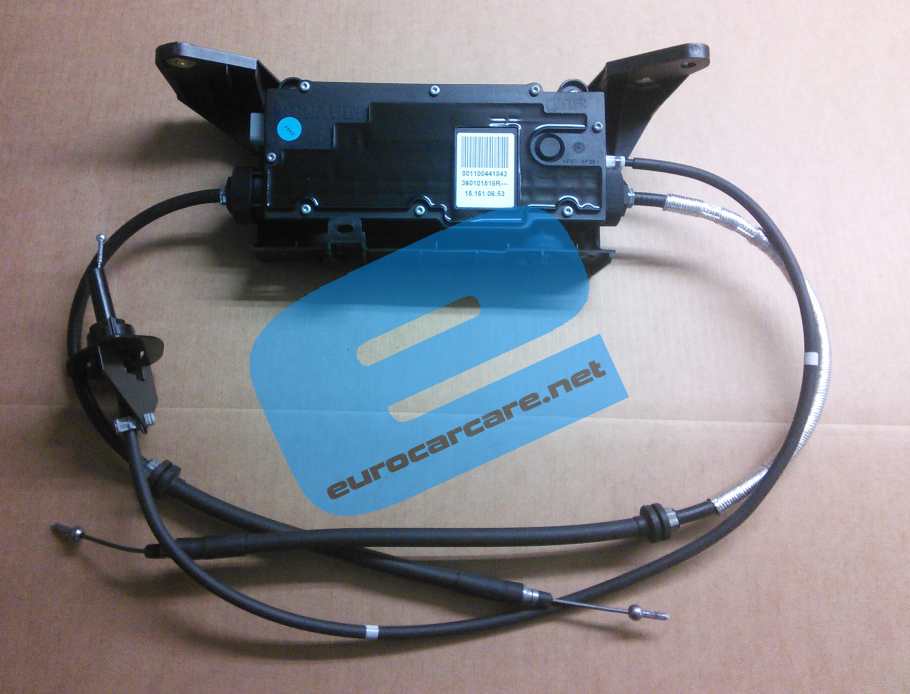

If you're on anything but a steep hill, then putting your car in "Park" is just fine.
NO HANDBRAKE CAR FREE
(Exact approach on how that works depends on the specific model of car.) That means that your wheels are still free to roll - even on a steep hill - and you're relying on that transmission-locking mechanism to resist moving. This locks your central transmission into a fixed state, by mechanically freezing the clutch. We encourage you to consult with a certified technician or mechanic if you have specific questions or concerns relating to any of the topics covered herein. Under no circumstances will we be liable for any loss or damage caused by your reliance on any content.The two options enable two completely different systems - in principle, at least, Putting your car in "Park"
NO HANDBRAKE CAR PROFESSIONAL
The content contained in this article is for entertainment and informational purposes only and should not be used in lieu of seeking professional advice from a certified technician or mechanic. Learn more about quality brake parts, find your car part, or find where to buy your auto part today. Never use your hand brake to perform a drift maneuver. While it’s fun to watch movies like The Fast & Furious and dream about doing those crazy tricks, leave the stunt driving to the professionals. There is one situation you should never use your hand brake. WHEN SHOULD I LAY OFF THE EMERGENCY BRAKE? Just keep in mind that it won’t bring your vehicle to a sudden stop it can just help you slowly bring it to a stop. While your parking brake is mainly used to hold your car in place, it can help you safely bring your vehicle to a stop in an emergency situation. If you do suffer a complete loss of your brakes, slowly apply the emergency brake. It adds another level of security and reduces stress on the transmission and driveline parts. When you don’t use the emergency brake, it can corrode and you won’t know there is a problem until you really need it.īy engaging the parking brake each and every time you park, you can be assured that your vehicle won’t roll away. Using the parking brake on a regular basis helps keep it in proper working order. Whether you drive an automatic or a stick shift, or park on a hill or flat spot, using your emergency brake is good habit to develop. The truth is that you should always use your parking brake.


NO HANDBRAKE CAR MANUAL
Many people have the misconception that you only need to use the parking brake if you park on a hill or if your vehicle has a manual transmission. There are four main types of parking brakes that you may encounter: On cars with disc brakes, applying the parking brake activates a corkscrew mechanism that pushes a piston into the brake pads to stop the vehicle. When engaged on cars with drum brakes, the cables pull another lever that puts pressure on the brake shoes to hold the vehicle. This mechanical system uses cables that are attached to the emergency brake lever. The emergency brake bypasses your vehicle’s hydraulic brake system to lock the wheels in place. The parking brake now is mainly used to keep the vehicle in place when parked. However, in today’s vehicles, the parking brake doesn’t have enough stopping power to bring the car to a halt. Also known as a parking brake, hand brake and e-brake, the emergency brake was originally designed to be used if the vehicle’s main braking system would fail. Part of your vehicle’s brake system, the emergency brake operates independently of the main brake system to keep your vehicle from rolling away.


 0 kommentar(er)
0 kommentar(er)
